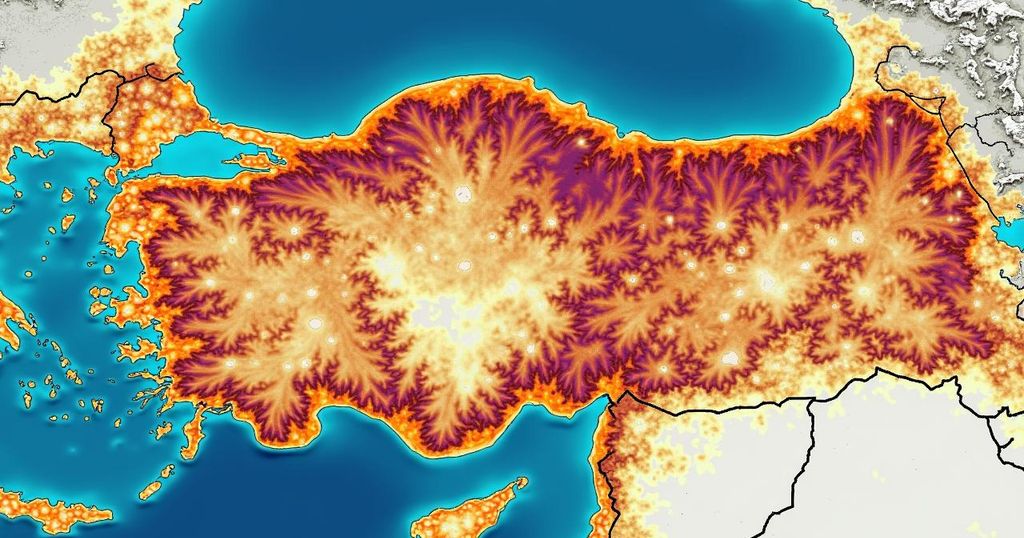A recent 6.1 magnitude earthquake struck eastern Turkey, as indicated by the EMSC. This seismic activity raises concerns about potential damage and emphasizes the need for disaster preparedness in seismically active regions.
A 6.1 magnitude earthquake has recently struck the eastern region of Turkey, as reported by the European-Mediterranean Seismological Centre (EMSC). The seismic event, occurring in a geologically active area, has raised concerns regarding potential damages and the response capabilities of local authorities. Earthquakes of this magnitude can lead to significant construction damage, injury, and displacement, particularly in areas with vulnerable infrastructure. Residents are urged to remain vigilant and follow safety protocols in the aftermath of the tremor, which may have aftershocks. Authorities are currently assessing the situation to ensure visibility into the quake’s impact on communities within the region.
Turkey is located within a highly seismically active zone, particularly in its eastern regions where multiple tectonic plates converge. This specific area has a history of earthquakes, making it crucial for emergency response mechanisms to be well-prepared. The risk associated with such seismic activities prompts ongoing efforts in disaster preparedness and infrastructure resilience. Understanding the geological background is vital in comprehending the implications of earthquakes and how they can influence urban planning and safety standards within affected regions.
In conclusion, the 6.1 magnitude earthquake in eastern Turkey underscores the precarious nature of living in seismically active zones. With risks of significant damage and potential human impact, it is essential for both local authorities and residents to prioritize preparedness and safety. Continued monitoring and effective response strategies will be key in addressing the challenges posed by such natural disasters in the future.
Original Source: www.usnews.com







